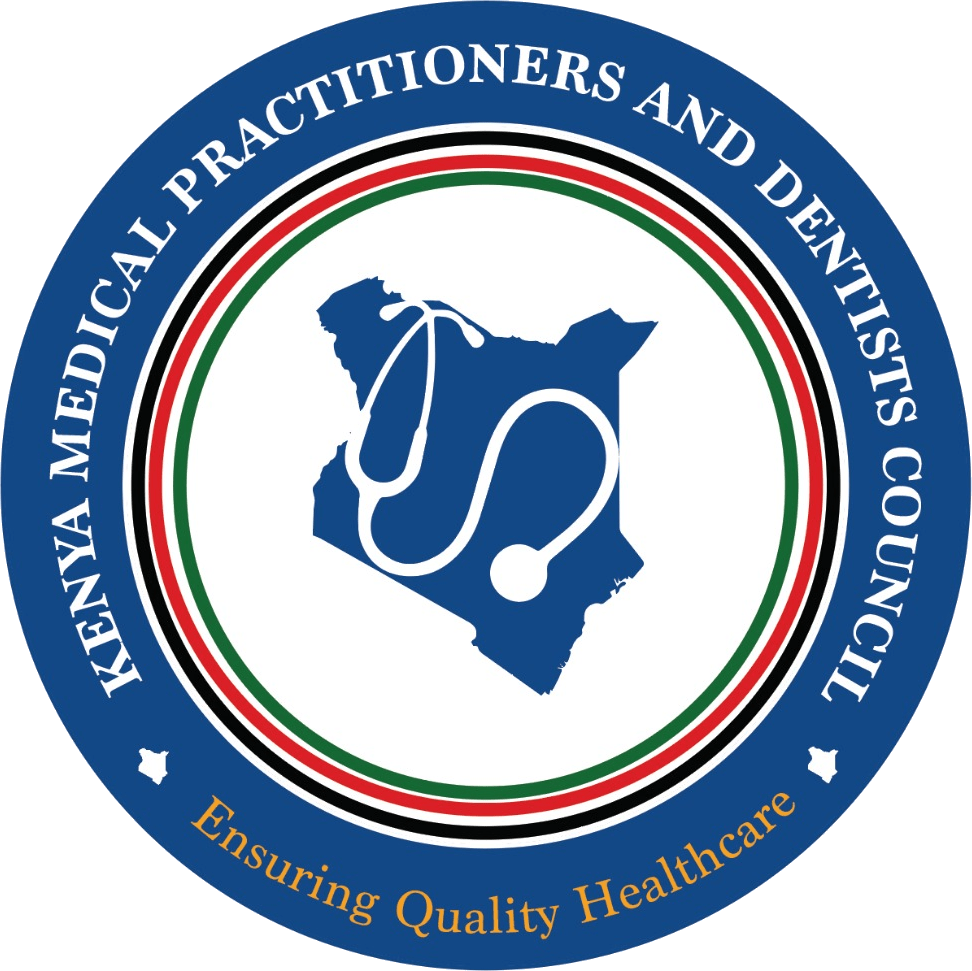Starting on:
Jun 27, 2025
Ending on:
Jun 27, 2025
Moderator(s):
Venue:
KUTRRH
Max Credits:
3 Points
Provider:
Kenyatta University Teaching and Referral Hospital
Claim Points
Jun 27, 2025
Ending on:
Jun 27, 2025
Moderator(s):
KUTRRH
Max Credits:
3 Points
Provider:
Kenyatta University Teaching and Referral Hospital
Claim Points
CANECSA Case Conference – Posterior Fossa Craniotomy in Pediatrics
Starting on:
Jun 27, 2025
Jun 27, 2025
Ending on:
Jun 27, 2025
Jun 27, 2025
Venue:
KUTRRH
KUTRRH
Description
1. Understand the Clinical Presentation and Diagnostic Workup o Review the signs and symptoms of cerebellopontine angle tumors in pediatric patients. o Interpret imaging findings and laboratory results relevant to neurosurgical planning.
Objectives
1. Understand the Clinical Presentation and Diagnostic Workup
o Review the signs and symptoms of cerebellopontine angle tumors in pediatric patients.
o Interpret imaging findings and laboratory results relevant to neurosurgical planning.
2. Analyze Anesthetic Considerations in Pediatric Neurosurgery
o Discuss the unique physiological considerations in pediatric patients, including cerebral blood flow (CBF) and metabolic rate.
o Evaluate anesthesia plans tailored to posterior fossa surgery, including TIVA, airway management, and positioning.
3. Explore Intraoperative Monitoring and Complication Management
o Understand the role of intraoperative neurophysiologic monitoring (IONM) and its anesthetic implications.
o Identify and manage complications such as brainstem cardiac reflexes, venous air embolism (VAE), and airway challenges.
4. Review Postoperative Care and PICU Management
o Assess postoperative neurological status and monitor for complications such as posterior fossa syndrome and pneumocephalus.
o Discuss pain management, fluid balance, and neurocritical care strategies.
5. Apply Evidence-Based Strategies for ICP and CBF Control
o Implement techniques to maintain cerebral perfusion pressure (CPP) and reduce intracranial pressure (ICP).
o Review fluid and blood management protocols, including transfusion thresholds and use of antifibrinolytics.
6. Reflect on System-Level Challenges and Improvements
o Identify resource limitations such as equipment availability and medication access.
o Propose improvements in preoperative planning, team coordination, and intraoperative preparedness.
7. Promote Multidisciplinary Collaboration and Learning
o Encourage teamwork across anesthesia, neurosurgery, nursing, and PICU teams.
o Foster a culture of continuous learning through case-based discussion and morbidity/mortality review.
Presenters
-
Dr.
Catherine Ochich
Dr.

